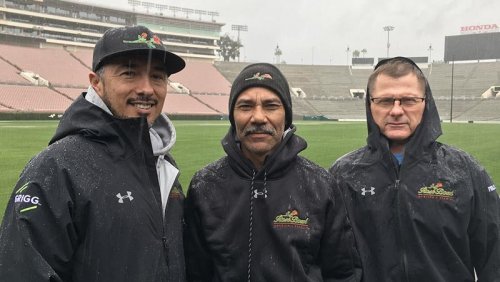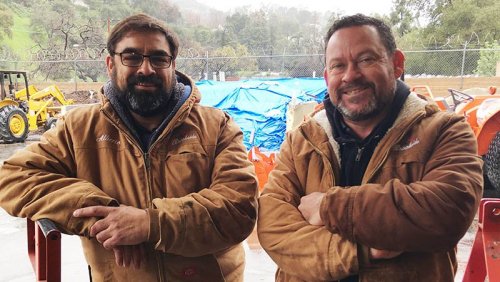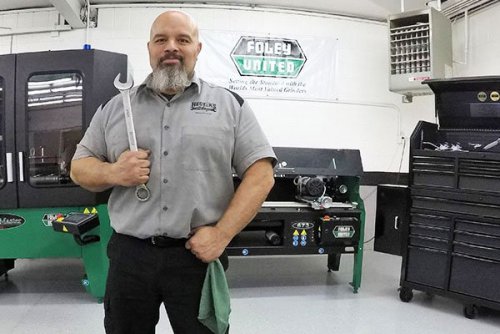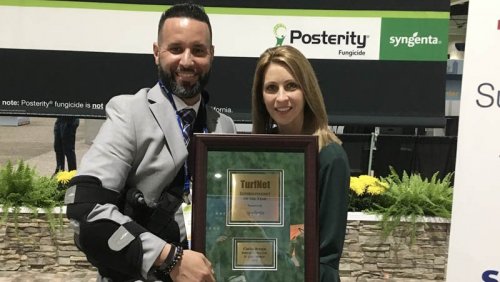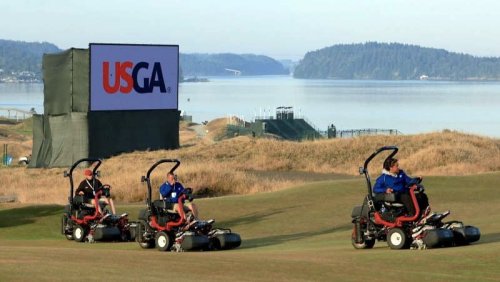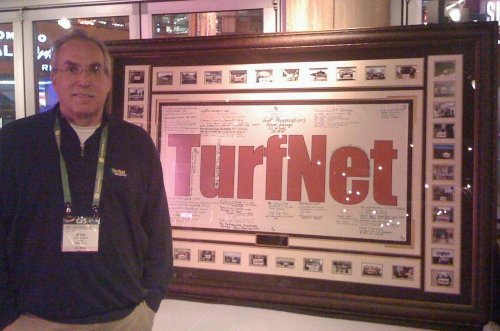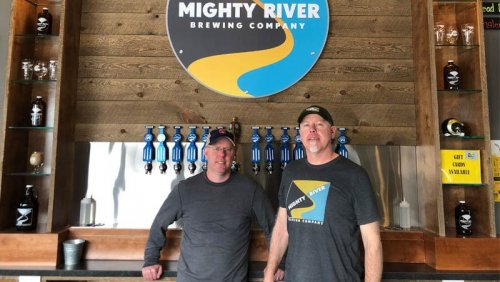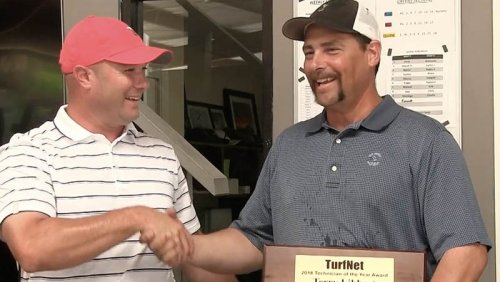

With abbreviated trade show hours that included a 10 a.m. start on Wednesday and Thursday and a 90-minute, controversy-stirring variety show as its grand finale, GIS is nothing like the epic documentary version that once spilled over into Saturday. Heck, it's nothing like the the 2018 show that gave birth to the phrase "Forget the Alamo" and revived old standards such as “Viva Las Vegas.”
Indeed, it appears as though the show is experiencing an identity crisis of sorts. The GCSAA places a lot of stock, as it should, in the number of "qualified buyers" who attend the show. Qualified buyers are people, like yourselves, who have the authority to make on-the-spot purchasing decisions on the tradeshow floor. There were about 5,950 such folks at this year's show, which is about 450 more than last year in San Antonio, but overall, that number, like most every indicator in golf, has been on a slow and steady decline for the past decade or more.
What is not moving - at least not much, anyway - is the number of vendors displaying their wares at GIS. Although booth space is down in recent years, the number of exhibitors during that time has held strong in the low to mid 500s, and overall attendance is still solid, hovering around the 12,000 mark.
Contrary to what some might believe, the GIS is not just an education and networking conference, although we heard many stories of superintendents who had gotten their fill of golf and education and headed home before the tradeshow kicked off Wednesday.
As the GCSAA's largest fundraiser, GIS still is a business-first event that typically enjoys brisk floor traffic for the first half of the first day then transforms into a ghost town where the only thing missing are tumbleweeds rolling across a convention center floor.
When the GIS finale started late Thursday afternoon, the show floor was again flush with activity. The problem was most attendees flooded in from outside the convention center, because by then few superintendents were roaming the floor. It's a challenge for vendors to conduct business and support your fundraising efforts when attendees are outside waiting for the big show to begin, or worse, already on a plane heading home.
And for those who still had business to conduct from 3:30-5 p.m. on the last day, doing so was nearly impossible since many booths were vacated due to the entertainment.
With travel budgets heavily scrutinized, getting to GIS is no small feat in a city where hotels within walking distance of the convention center range in price from $250-$400 (or more). Even hotels a few miles out of downtown weren't a lot less, and even those quickly elevated into that range of $200-plus per night after throwing in roundtrip Uber fare.
I can sympathize with the GCSAA, whose fundraising efforts are hitched to a wagon with a hobbled wheel. Although there is no clear-cut solution to strengthening show floor traffic, especially on Day 2, shortening the hours on an already abbreviated show and adding a 90-minute song and dance routine during the last 90 minutes sends a conflicting message, and makes it harder to sell that concept of business-first.
It makes it harder to buy it, too.
- Read more...
- 2,755 views

